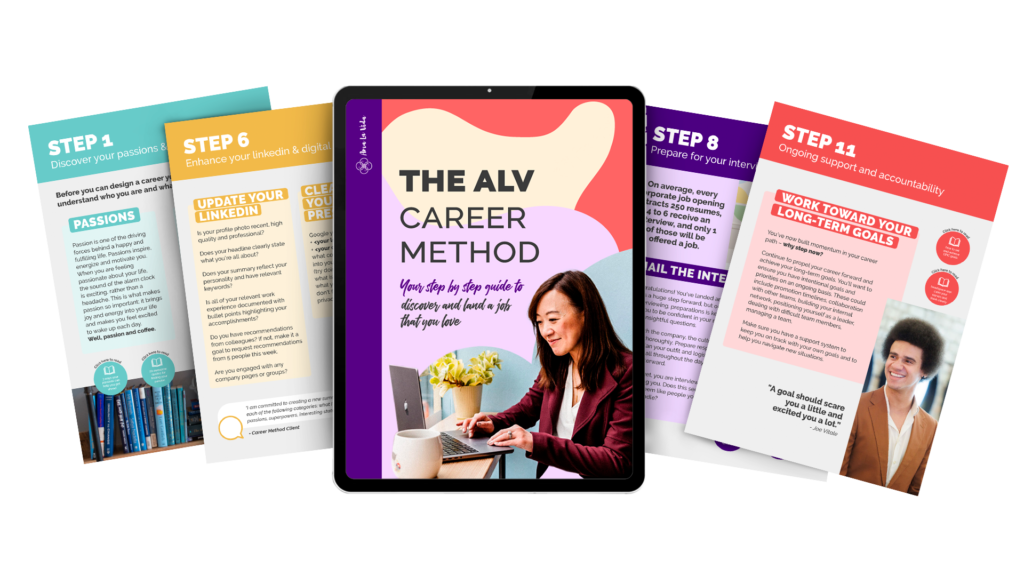How to Hand Off Work Without Stressing Yourself Out

As I’m writing this post, I’m 36 weeks pregnant. I’m very lucky that for me this means that in about a month or so (depending on Tiny’s plan) I’ll be signing off for a 12-week maternity leave. Figuring out how to hand off work and take 3 months away from my job has been a project in and of itself.
I’ve certainly woken up many nights over the last few weeks wondering…
- Who will manage this task while I’m out?
- What will the team need from me?
- Who will oversee the strategy of our initiatives that I’ve been leading?
- How can I ensure the team is set up for success?
- How will I make sure nothing slips through the cracks?
However, it’s not just maternity leave that raises questions like these. Over the past decade of my career, I’ve changed jobs five times, traveled internationally more than once, and also supported dozens of clients as they managed their own transitions as well. Every time we prepare to be unavailable, whether for a finite window or indefinitely, we need to transfer knowledge to other people. How do you approach it?
How to Hand Off Work Effectively
1. Define a list of what you’re managing
I’m a fan of lists. I think in spreadsheets, so when I started my maternity leave plans, I made a shared spreadsheet with a line for each task or responsibility. When going on vacation, I started with my status document of all my projects that I maintained for myself. Alternatively, some of the other mommas at Ama La Vida used a Word or Google Doc to share their plans. My husband is planning to use OneNote for his paternity leave planning. It could even just be an email! The reality is, the format doesn’t much matter. Take some time, brain dump everything you do.
2. Who should take responsibility while you’re gone?
Often when we leave a role, there isn’t someone new lined up to fully take over. Your work will get spread across a few people – you’ll have to delegate effectively. Think about the skill sets, historical knowledge, and time commitments of the people around you. Then align with those people and perhaps your supervisor to ensure everyone feels good about the assignments and the plan.
3. Add in context and background to your document
You’ll want to assume the person taking over the responsibility for each task has no idea what it is. They’ve never heard of it. Start there. What do they need to know? This background might be history on a client, or the strategic rationale for a deliverable.
This background will do two important things. First, it gives the new owner a mental framework for understanding the task at hand, which will help them process the information you’re sharing. Second, it empowers them to make informed decisions. By knowing the context of the assignment, they can evaluate any myriad of challenges that come up – be it slipping deadlines, budget choices, or evaluating suggestions. They need this! Don’t skimp!
4. Share the logistics
Let’s get to the nitty gritty – logistics. What are the budget codes they’ll need? Where are the files stored? Who else is involved, what’s their contact information, and when should they be looped in? Lay it all out there when you begin to hand off work.
5. Make the action items clear
Potentially the most important part, what actually needs to be done and when? As you’re handing off a project or role, there’s a funny window before the new person has fully taken over. They know it’s coming, but unless you’re very lucky, they probably haven’t fully wrapped their heads around everything they need to do. Lay it out for them. What are the key milestones and deadlines? What actions do they need to take? Answering these questions will not only make sure nothing gets missed, these immediate needs will also help the new folks transition into the mindset of the “owner.” Giving them the first few steps will help them get started.
6. Review it with the new owners
Nothing beats the power of a conversation. Chances are, you’ve been doing the role long enough that certain parts of it are just second nature to you. It’s worth the time to sit down and talk through the details with whomever is going to take on your work while you’re gone. They will certainly have questions for you!
Setting things up so you can hand off work and take time off or move to a new role can be very stressful and time consuming, there’s no doubt about it. Take your time. Document everything. Have good conversations. And then, when you’re off or gone, don’t think about it!








